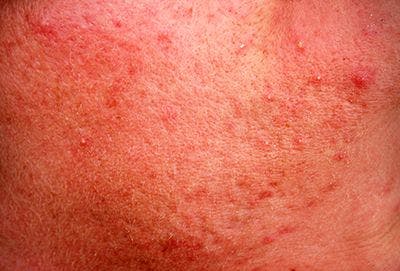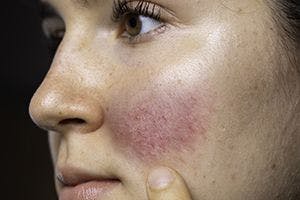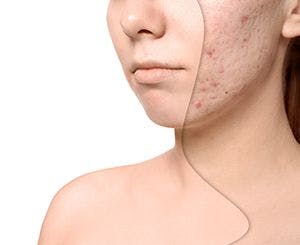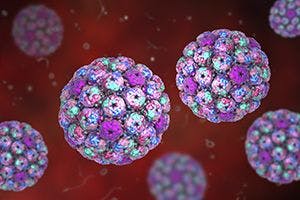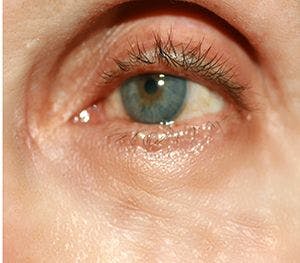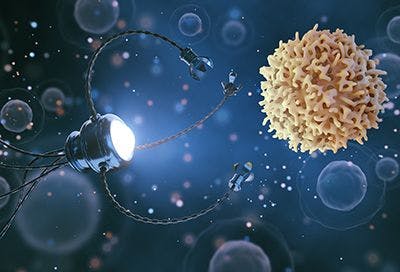- Acne
- Actinic Keratosis
- Aesthetics
- Alopecia
- Atopic Dermatitis
- Buy-and-Bill
- COVID-19
- Case-Based Roundtable
- Chronic Hand Eczema
- Chronic Spontaneous Urticaria
- Drug Watch
- Eczema
- General Dermatology
- Hidradenitis Suppurativa
- Melasma
- NP and PA
- Pediatric Dermatology
- Pigmentary Disorders
- Practice Management
- Precision Medicine and Biologics
- Prurigo Nodularis
- Psoriasis
- Psoriatic Arthritis
- Rare Disease
- Rosacea
- Skin Cancer
- Vitiligo
- Wound Care
Publication
Article
Dermatology Times
No added benefit combining CaHA, HIFU
Author(s):
Study demonstrates CaHA and HIFU monotherapies are safe and effective treatments for acne scarring; however, further investigations need to address the study’s limitations and explore combination approaches.
Combination therapies are often employed to help achieve superior clinical outcomes in the treatment of acne scars. Both calcium hydroxylapatite (CaHA) and high intensity focused ultrasound (HIFU) are effective monotherapies; however, the combination of these two modalities did not demonstrate any enhancement clinical efficacy in terms of a synergistic treatment effect, according to findings from a recent study.1
Researchers assessed the safety and efficacy of CaHA monotherapy and its association with HIFU for the treatment of moderate-to-severe atrophic acne scars. The study included 20 female patients (median age 39 years) who were evenly randomized to receive either 3.0-ml CaHA (Radiesse, Merz) treatment (0.1 ml at each injection point) or 3.0-ml normal saline solution serving as placebo control. After four weeks, all patients received 400 lines of HIFU (Hifu Finesse, Biotec Italia) therapy delivered by a 10 MHz transducer at a 1.5-mm focal depth able to reach the deep dermis. Patients were followed-up and results were compared to baseline at one, three and six months after the first treatment.
The treatment was performed in a double-blinded manner, as the physician performing injections and the patients did not know whether CaHA or placebo was administered. Each patient received a full-face treatment except for the upper third (forehead and eyebrows), lower lids and submental area. Improvement assessments were made using before and after digital photographs and Antera 3D (Miravex), providing qualitative and quantitative analysis of wrinkles, texture and hemoglobin.
No side effects were reported during the study, underscoring the safety of each individual treatment modality, and all patients completed the study. Results showed that at one month, patients treated with CaHA significantly improved from their baseline wrinkles and skin texture compared with those who received placebo. At the three and six-month follow-up, all patients showed significant improvement in their wrinkles, skin texture and hemoglobin when compared with baseline. Patient satisfaction questionnaires (PSQ) revealed that patients were moderately satisfied at one month and satisfied at three and six months post-treatment.
“Patients receiving CaHA monotherapy demonstrated a significant improvement in wrinkles and skin texture when compared with the control, but its combination with HIFU failed to show any difference with HIFU alone. The lack of apparent synergy may be explained by the fact that HIFU was already so effective as a monotherapy in regenerating dermal tissue that the adjunct of the CaHAwas not clinically relevant,” said Antonino Araco, M.D., cosmetic surgeon at University Tor Vergata of Roma, Aesthetic Medicine Department, Rome, Italy, and head-author of the study.
In the placebo control group, wrinkles, skin texture and hemoglobin failed to improve at the one-month follow-up; however, there was improvement in these parameters at the three and six-month follow up time points. According to the PSQ, patients were not satisfied at the one-month follow-up but were moderately satisfied at three and six months post-treatment. Data also showed that there were no differences recorded among the two treatment groups for any of the parameters assessed at the three and six-month follow-up time points when compared to the one-month follow-up treatment assessment.
The HIFU treatment regenerated collagen and increased vascularity of the targeted tissue when used as a monotherapy. Calcium hydroxylapatite treatment alone has been proven effective as a dermal bio-stimulant and, according to Dr. Araco, there is rationale for its association with HIFU. From a scientific perspective, Dr. Araco says that it would be necessary to investigate this potential synergy with a larger cohort of patients.
“We believe that our study proves that both CaHA and HIFU in monotherapy are safe and effective treatment modalities for the improvement of atrophic acne scarring. However, this is a preliminary study and further randomized prospective studies are needed to address the study’s limitations and further explore such combination treatment approaches for acne scars,” Dr. Araco says.
Disclosures: Dr. Araco reports no relevant disclosure.
1Araco A, Araco F. Prospective and randomized Comparative study of calcium hydroxylapatite versus calcium hydroxylapatite plus Hifu in treatment of moderate to severe acne scars. J Cosmet Dermatol. 2020 May 9. doi: 10.1111/jocd.13472. [Epub ahead of print]
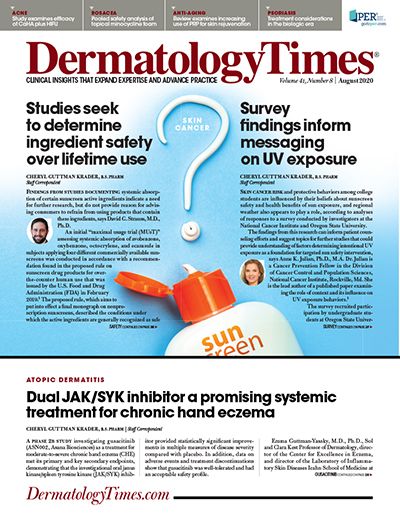
Newsletter
Like what you’re reading? Subscribe to Dermatology Times for weekly updates on therapies, innovations, and real-world practice tips.




